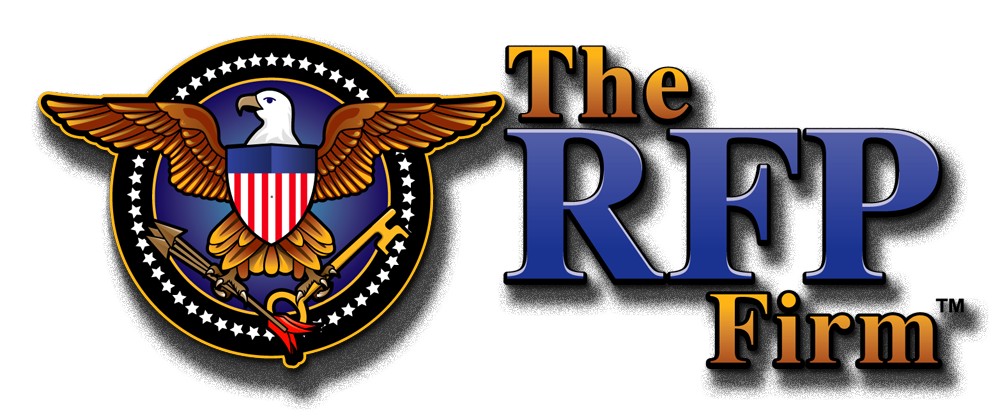Construction of your Business Proposal
A business proposal, unlike a government solicitation response, is more flexible, allowing you to present your company, its key qualifications, benefits, and expected outcome in a manner that creates a persuasive case for selecting you over the competition.
Although there are components that are always included creating a foundation, the key strategy will be specific to the industry, client, and services for which you are bidding.
Like every other proposal, the format of business proposals requires your initial strategy to begin by capturing the client information and background and gaining an understanding of the problems to be solved by the services provided. The key components that establish the foundation of your proposal will include:
- Company Information: Background, qualifications, key benefits that enable your company to stand out from the competition.
- Experience and knowledge of the services required: Describe your understanding of the problem being solved, what the client needs, and your solution.
- Technical Approach: Description of how you will render the required services, i.e., using what resources and strategies, and who does what, when, and why.
- Project Cost: If necessary, break down the costs for an understanding of the pricing components and/or include a narrative.
Cover Page
Include the basic components identifying the client (name, address, and contact person), a title for the proposal that identifies the proposed services, your company information (name, address, and contact person, email, and phone), and the date.
If applicable, include an image that captures the essence of the project and projects a professional appearance for your business.
What is not helpful, are graphics throughout the proposal that are too fancy where your document looks more like a magazine than a professional proposal, so do not over do the graphics throughout the documents unless it clarifies a component of the narrative. And, do not put your content in two columns.
Transmittal Letter/Cover Letter
Provide a brief introduction to your company (years in business, specialization, etc.). Identify the experience your company has that is directly related to the contract and why you are proposing to provide the required services to the client.
Highlight the key benefits that your company brings that sets you apart from the competition and will provide the confidence in your ability to successfully execute all requirements on time and within budget.
Briefly identify the information provided in the proposal itself. Offer to provide any additional information or answer questions the client may have and have it signed by a senior officer along with their contact information.
Table of Contents
Include a table of contents that mirrors the proposal content with sections or tabs and sub-sections to three levels which each link to the related page. Microsoft Word will automatically create a table of contents based on your headers and sub-headers.
Executive Summary
By providing a high-level overview of the proposal, you can set the stage for what to expect in the proposal content. You can expand on some of the briefs identified in your cover letter and go into more detail.
The goal is to provide brief summaries of each section within the proposal itself under sub-headers identifying those sections and enticing the reader with the solutions covered in each of those sections.
Often, you can create the executive summary after completing the proposal or use the executive summary as your initial outline prior to developing all of the content. This second way will allow you to create an organized strategy prior to the detailed narratives.
You are not trying to explain the details in the summary, but rather highlight the key points in each of the sections of the proposal that identify the client’s problems and your solutions. Allow your executive summary to provide a high-level overview and then leave the rest of the proposal to explain the details.
Introduction
Provide your understanding of the project, its importance, and the benefits that will they will receive as a result of your services under the contract.
Description of the Project and your Technical Approach
If a specific format of the business proposal is requested, be sure to follow their format and organizational structure.
Describe in a detailed narrative how you will provide the required tasks/services, what resources you will use and who will do what, when, and how. Possibly provide a schedule of events or a Gantt chart showing over time when those tasks will be conducted.
Be specific and define clearly your aims and goals, as well as your methodology and approach. Describe the contract team containing your key personnel and their roles, responsibilities, and qualifications.
Experience/References
Provide profiles of past project similar in scope and size with details that include the organization name, address, contact person, contract amount, period of performance, and a description of the services or tasks accomplished.
Pricing/Cost Proposal
Include your overall estimated cost for the project with descriptions of variables that could impact the cost or negotiated items with alternatives and how they will impact the overall contract amount.
